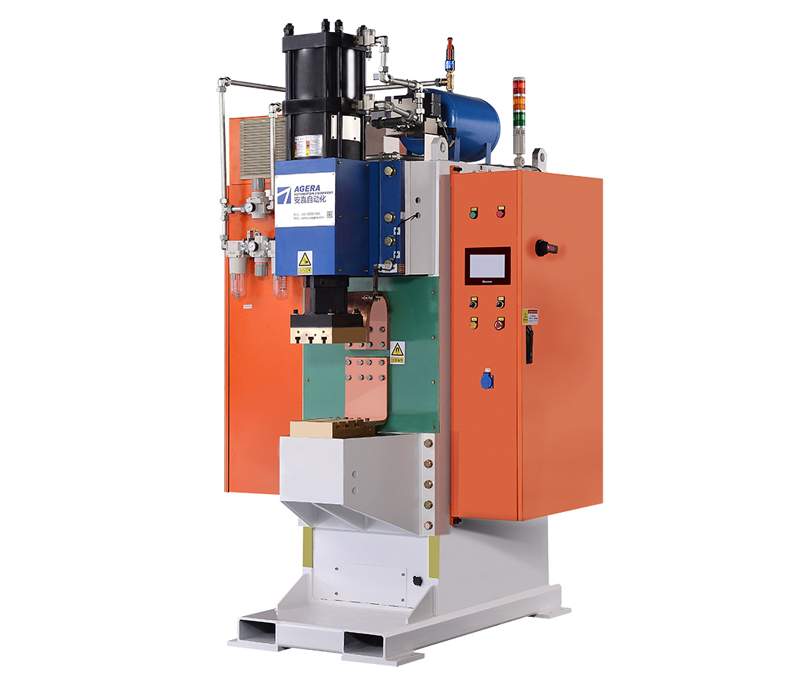Thermal efficiency is a critical factor to consider in energy storage spot welding machines as it directly impacts the energy utilization and effectiveness of the welding process. This article provides an analysis of the thermal efficiency in energy storage spot welding machines, shedding light on its significance and exploring various factors that influence it. Understanding and optimizing the thermal efficiency can help improve welding productivity, reduce energy consumption, and enhance overall process performance.
- Heat Generation and Transfer: Heat generation in a spot welding machine primarily occurs at the contact interface between the electrodes and the workpieces. Efficient heat generation relies on factors such as welding current, electrode material, and surface condition. The generated heat must be effectively transferred to the workpieces to ensure proper fusion and formation of weld joints. Factors such as electrode design, material conductivity, and cooling mechanisms play a role in heat transfer efficiency. Maximizing heat generation and optimizing heat transfer pathways are essential for improving the overall thermal efficiency.
- Energy Losses: Energy losses during the welding process can significantly affect the thermal efficiency. These losses occur through various mechanisms, including conduction, convection, radiation, and electrical resistance. Minimizing energy losses requires careful attention to factors such as electrode design, insulation materials, and cooling systems. Efficient insulation and thermal management can help reduce heat dissipation to the surrounding environment, improving the overall energy utilization and thermal efficiency.
- Process Optimization: Optimizing the welding process parameters is crucial for maximizing thermal efficiency. Variables such as welding current, electrode force, welding time, and pulse duration should be adjusted to achieve the desired weld quality while minimizing energy consumption. Additionally, optimizing the sequence of welding operations, such as electrode movement and workpiece positioning, can contribute to improved thermal efficiency. Employing advanced control systems and monitoring techniques can facilitate real-time adjustments and process optimization for enhanced thermal efficiency.
- Equipment Design and Maintenance: The design and maintenance of the spot welding machine itself can influence its thermal efficiency. Efficient electrode cooling systems, heat sinks, and insulation materials can help manage heat dissipation and reduce energy losses. Regular equipment maintenance, including cleaning, lubrication, and calibration, ensures optimal performance and minimizes energy wastage due to equipment inefficiencies.
Analyzing and optimizing the thermal efficiency of energy storage spot welding machines is crucial for improving welding productivity, reducing energy consumption, and enhancing overall process performance. By focusing on heat generation, heat transfer, minimizing energy losses, process optimization, and equipment design and maintenance, operators can maximize the utilization of energy and achieve efficient and reliable weld joints. Striving for high thermal efficiency not only reduces operational costs but also contributes to sustainable manufacturing practices.
Post time: Jun-08-2023








